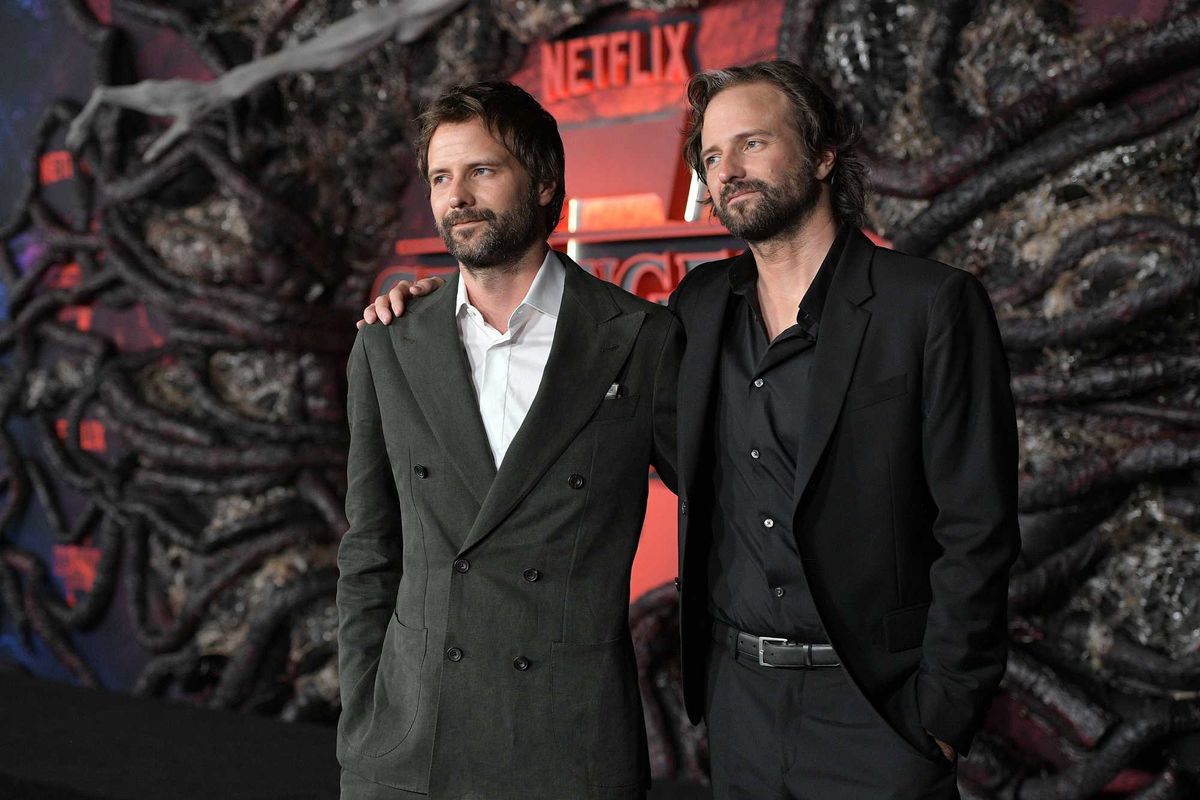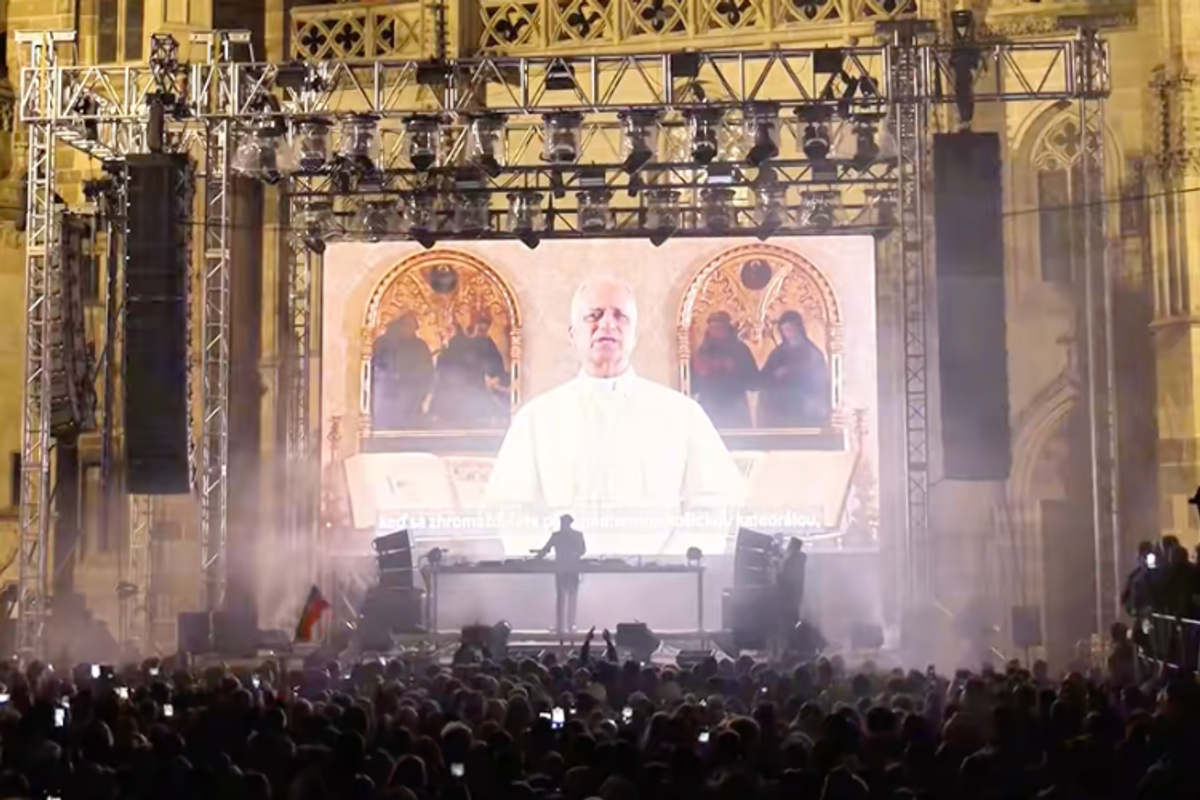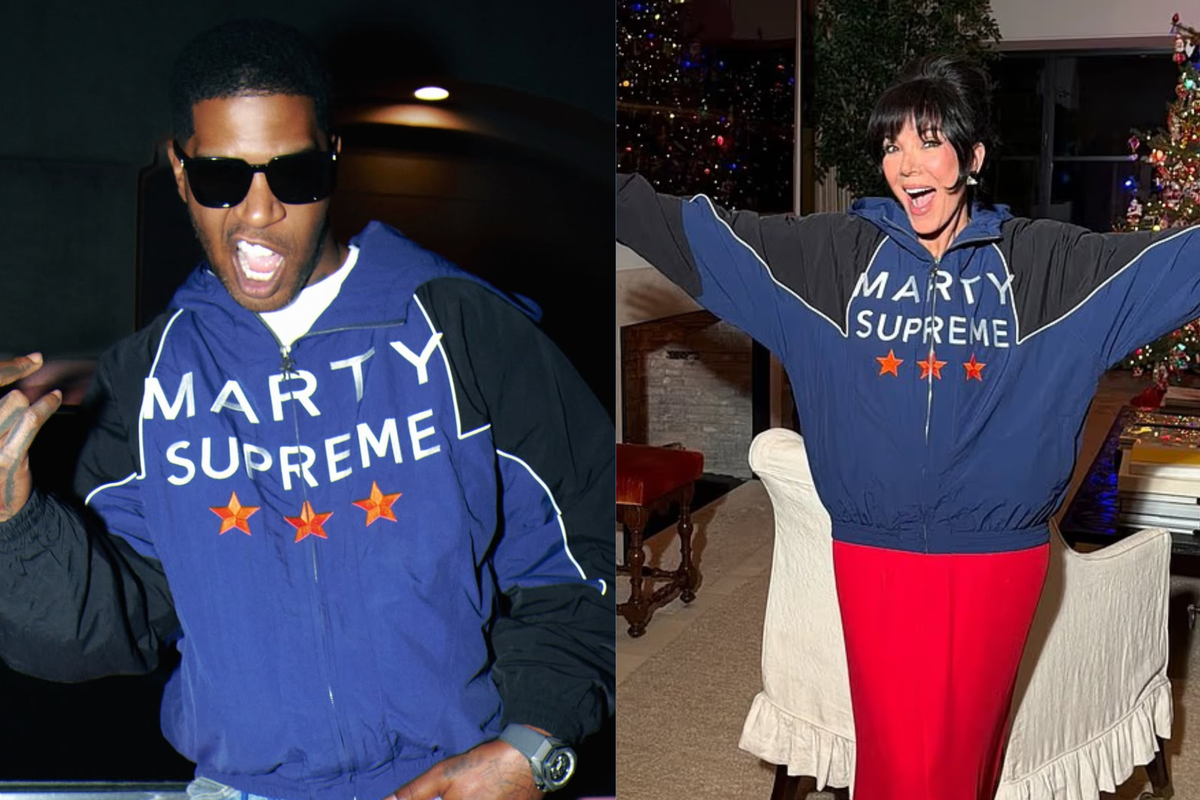Celebrities
Katie Grant
May 15, 2015
A stitch in time saves nine?
Artist Cornelia Parker would take that more literally than most. Yesterday a giant embroidered copy of the Wikipedia entry for the Magna Carta was unveiled at the British Library in London. Parker was the brains behind it.
How did the project start?
Parker took a screenshot of the Magna Carta Wikipedia page on 15 June last year – on the 799th anniversary of the 13th-century treaty, the cornerstone of the British constitution.
She printed it onto fabric, which was divided into 87 sections. The pieces were sent around the country and stitched by 200 volunteers.
Who contributed to the work?
Everyone from prisoners to pop stars. Baroness Doreen Lawrence stitched the words “justice”, “denial” and “delays”, Edward Snowden stitched “liberty” and Jarvis Cocker “common people”. Julian Assange stitched “freedom” from his confinement at the Ecuadorian embassy in London.
How did the launch go?
Parker, shortlisted for the Turner Prize in 1997, used the unveiling of the 13-metre tapestry to attack the Government’s “shocking” plans to roll back human-rights legislation.
What did she say?
In response to David Cameron’s comments that Britain had been a “passively tolerant society” for far too long, she said: “We need to campaign hard for the truths laid down in Magna Carta to remain because they are really under threat.”
You could say the project seamlessly unites the old and the new…
Jimmy Wales, founder of the online encyclopaedia, certainly approved. “Cornelia Parker’s Magna Carta (An Embroidery) takes shared onscreen content back into the world of physical things,” he said. “It’s a unique project, and one of the least-expected things to come out of Wikipedia.”
More: This is the creepiest thing David Cameron has ever said
Top 100
The Conversation (0)













